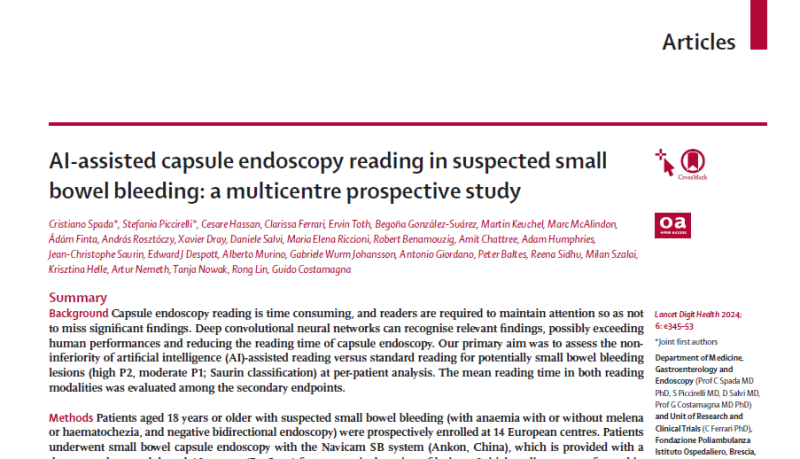Enhanced Lesion Detection
AI assistance significantly enhances lesion detection rates, identifying 87.9% of P1 and P2 lesions compared to 64.8% with standard methods. �This accuracy extends to detecting P2 lesions specifically, with an 87.8% success rate versus 79.7%.
Dramatic Time Reduction
ProScan reduces average reading times for small bowel analyses from 33.7 minutes to just 3.8 minutes. �This near 90% decrease dramatically enhances clinical workflow efficiency and lessens physician workload.
Multicenter Validation
The first multicenter prospective study on AI in small bowel video capsule endoscopy spanned 14 European centres and involved 133 subjects, confirming ProScan’s effectiveness accross various clinical environments.
Streamlining Endoscopy Analysis
ProScan streamlines capsule endoscopy by automating the identification of relevant findings, reducing the number of images that need manual review. This innovation not only speeds up diagnosis but also enhances accuracy by minimizing human error.
Supporting Clinical Decision Making
Integrating NaviCam SB with ProScan revolutionizes the diagnostic process for small bowel bleeding, delivering more accurate and faster readings. This integration greatly benefits patient management and enhances healthcare efficiency.

